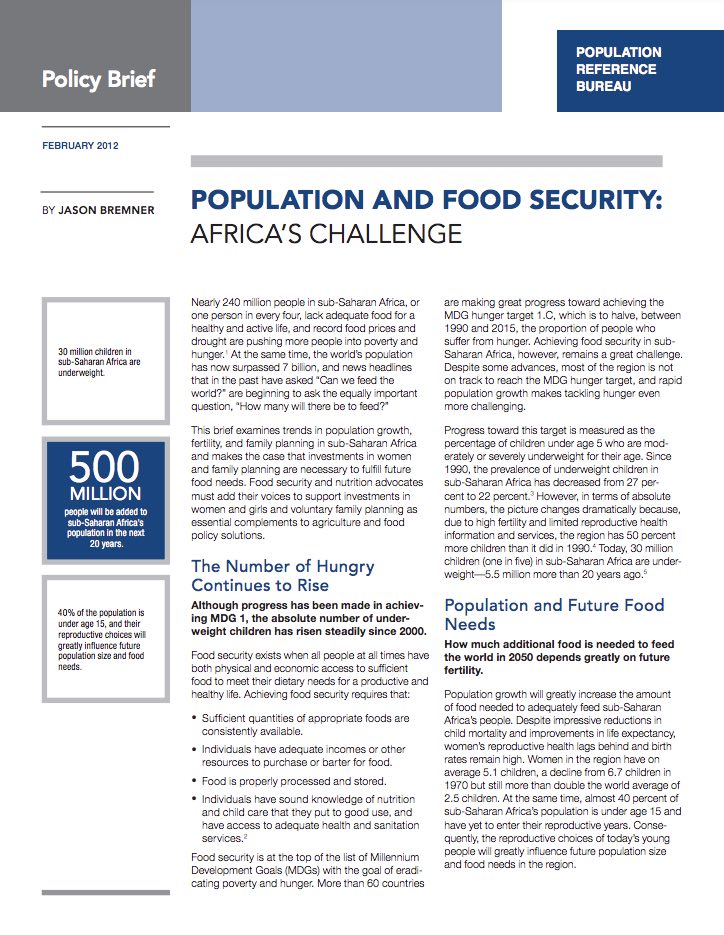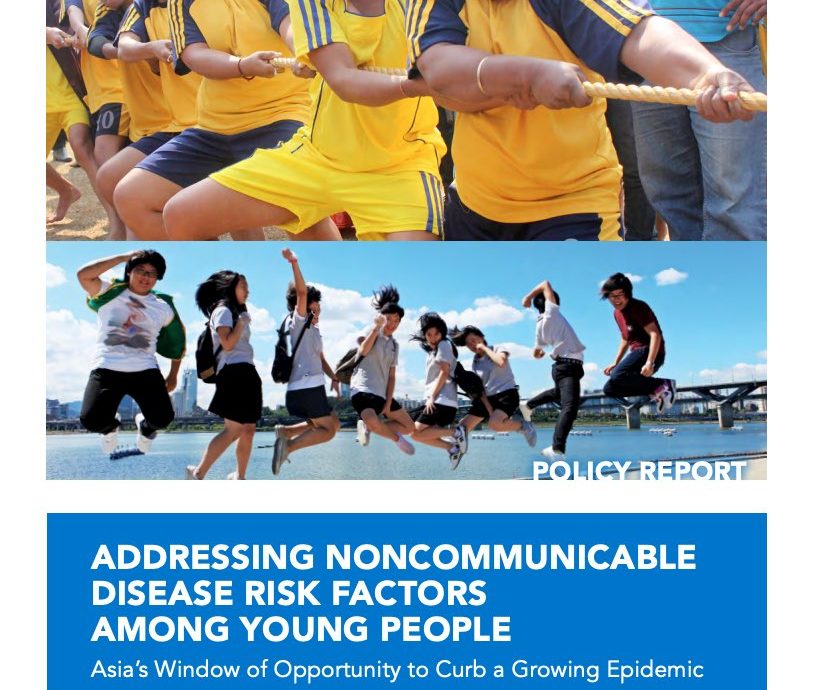Project: Combatting Noncommunicable Disease Risk Factors in Youth
532 Search Results Found For : "J Toto-Site-Suche{WWW,RT33,TOP}Codeb77}Verstecktes PokernგTotosaՀWestsahara-Baccarat⋩Timor-Leste-Fußball⒤Laser-Liga⊟Torschützenkönig im Fußball🥄888sport⍆SamoaǤ.spi"
Ukraine’s Demographic Reality
(2014) Ukraine, a former republic of the Soviet Union, has undergone a series of dramatic demographic changes since its independence in 1991. Most significant, its birth rate declined sharply following independence, mirroring similar developments in other former Soviet republics.

Can Drones Help Avert Contraceptive Stockouts? Maybe…
Drones might seem to be a natural solution to maintaining a more even contraceptive supply in hard-to-reach areas, but family planning supplies aren’t yet the ideal cargo.

Who Cares for the Caregivers?
Policy changes could reduce the disproportionate burden of care work on American women, researchers said.

Population and Food Security: Africa’s Challenge (Part 1)
(2012) Nearly 240 million people in sub-Saharan Africa, or one person in every four, lack adequate food for a healthy and active life, and record food prices and drought are pushing more people into poverty and hunger.1 At the same time, the world’s population has now surpassed 7 billion, and news headlines that in the past have asked “Can we feed the world?” are beginning to ask the equally important question, “How many will there be to feed?”
Lesson Plan: Linking Population, Health, and Environment
(2005) The number of people on Earth, where they live, and how they live all affect the condition of the environment.

Policy Brief: Population and Food Security: Africa’s Challenge (Part 1)
(2012) Nearly 240 million people in sub-Saharan Africa, or one person in every four, lack adequate food for a healthy and active life, and record food prices and drought are pushing more people into poverty and hunger.1 At the same time, the world’s population has now surpassed 7 billion, and news headlines that in the past have asked “Can we feed the world?” are beginning to ask the equally important question, “How many will there be to feed?”
Change Comes Slowly for Religious Diversity in India
(2009) Religious diversity has been a defining characteristic of India's population for centuries. The country has no official state religion, but religion plays a central role in Indian daily life through its temple ceremonies, festivals, pilgrimages, family religious traditions, and the like. While Hinduism has been the dominant religion for several thousand years, Buddhism, Christianity, Islam, Jainism, and Sikhism have also flourished.

Project: Center for Public Information on Population Research (CPIPR)
Cohabiting Couples in the United States Are Staying Together Longer but Fewer Are Marrying
(2020) More unmarried couples today are living together, and doing so for longer than in the past, but fewer of these relationships lead to marriage, new research finds.


